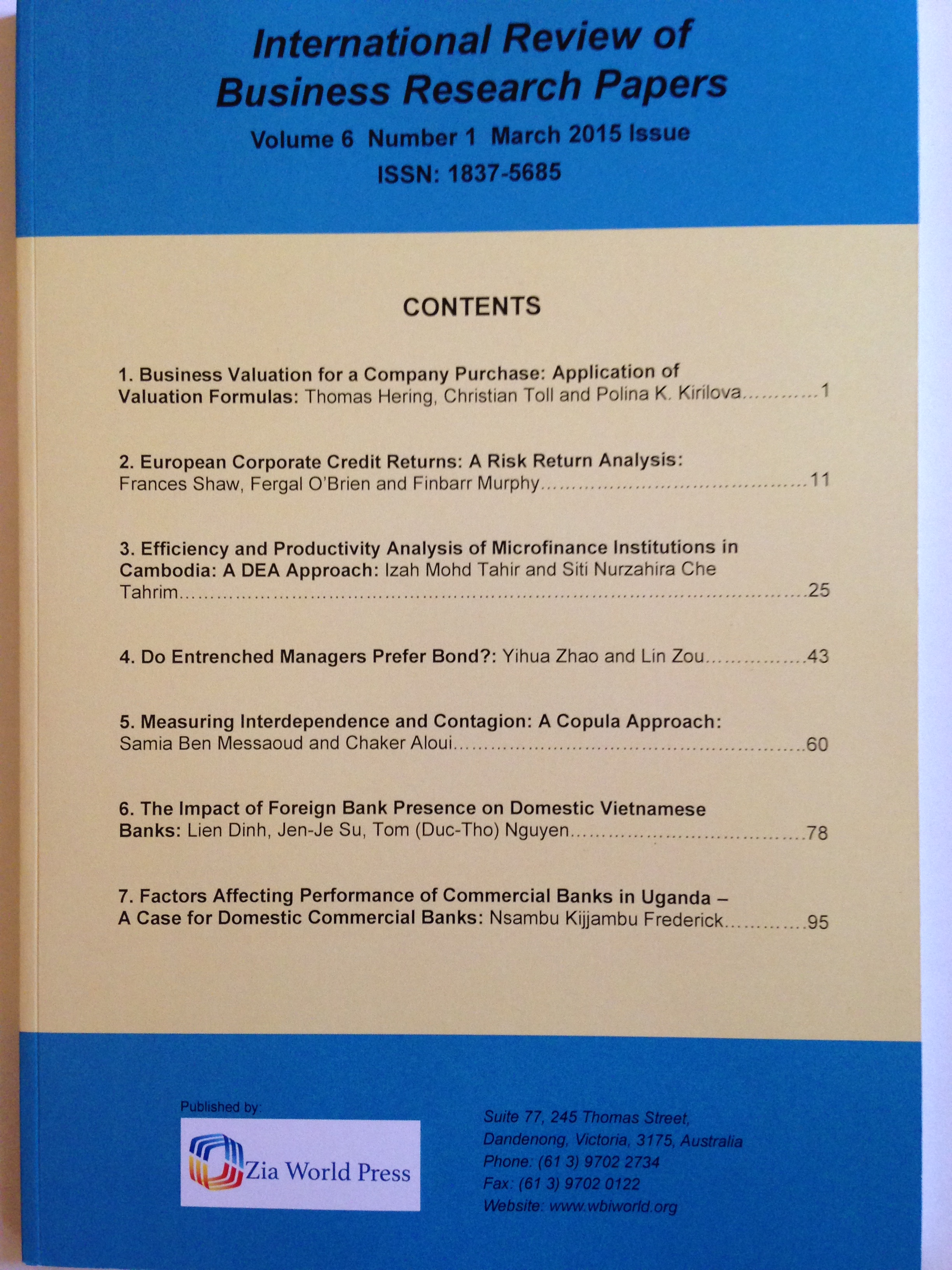March
2017

March 2017 (International Review of Business Research Papers)
Total Articles - 11
